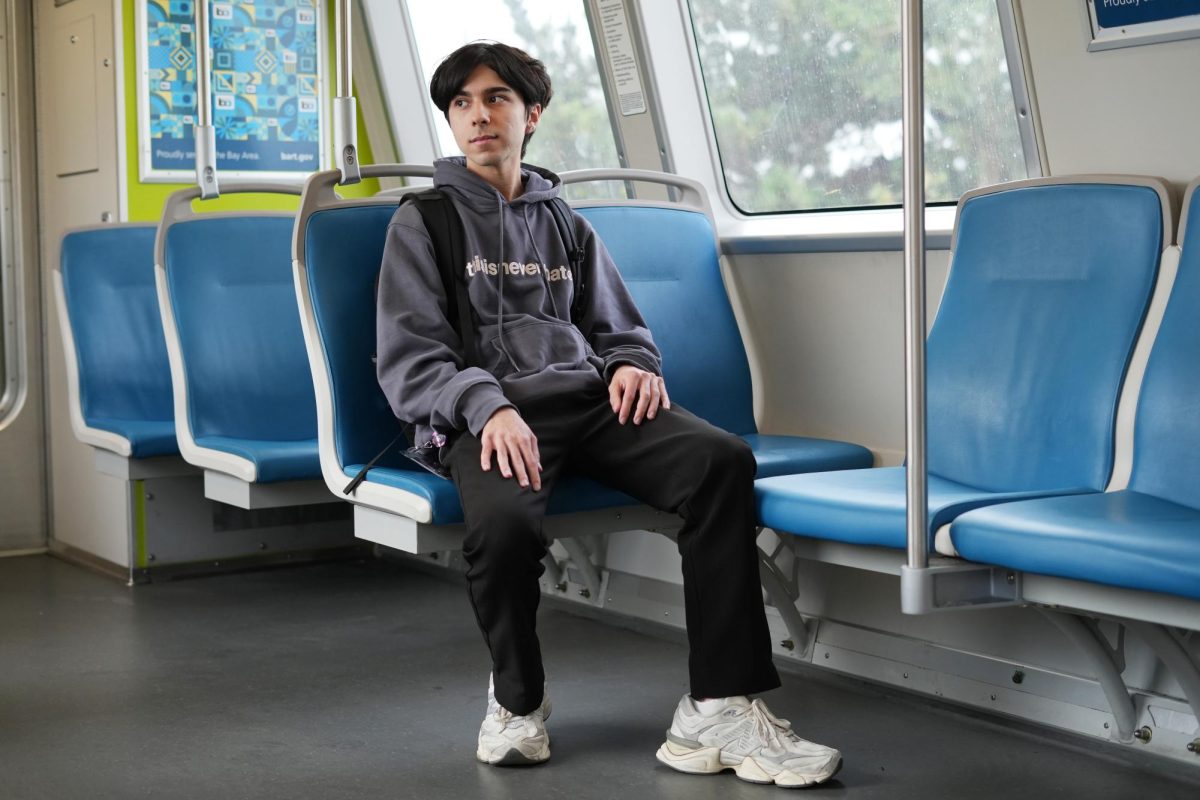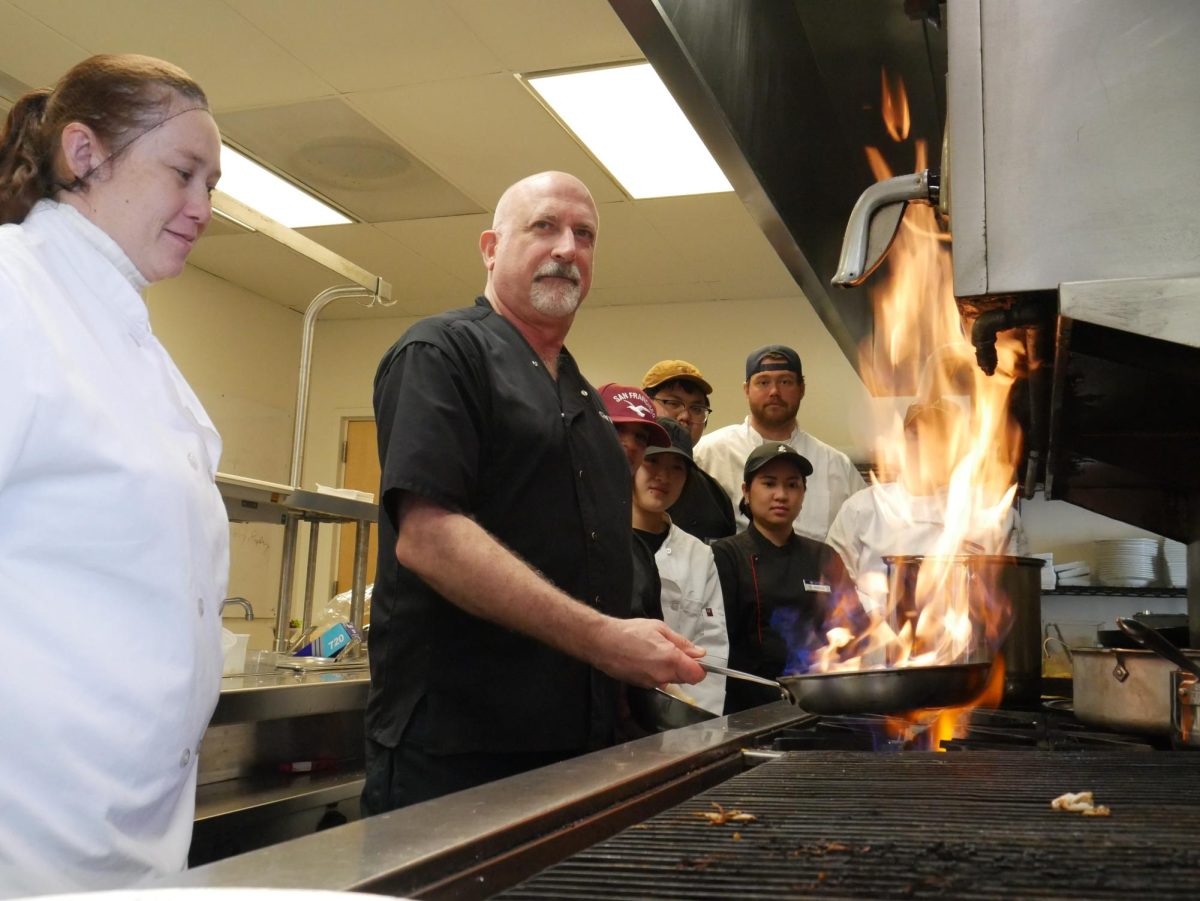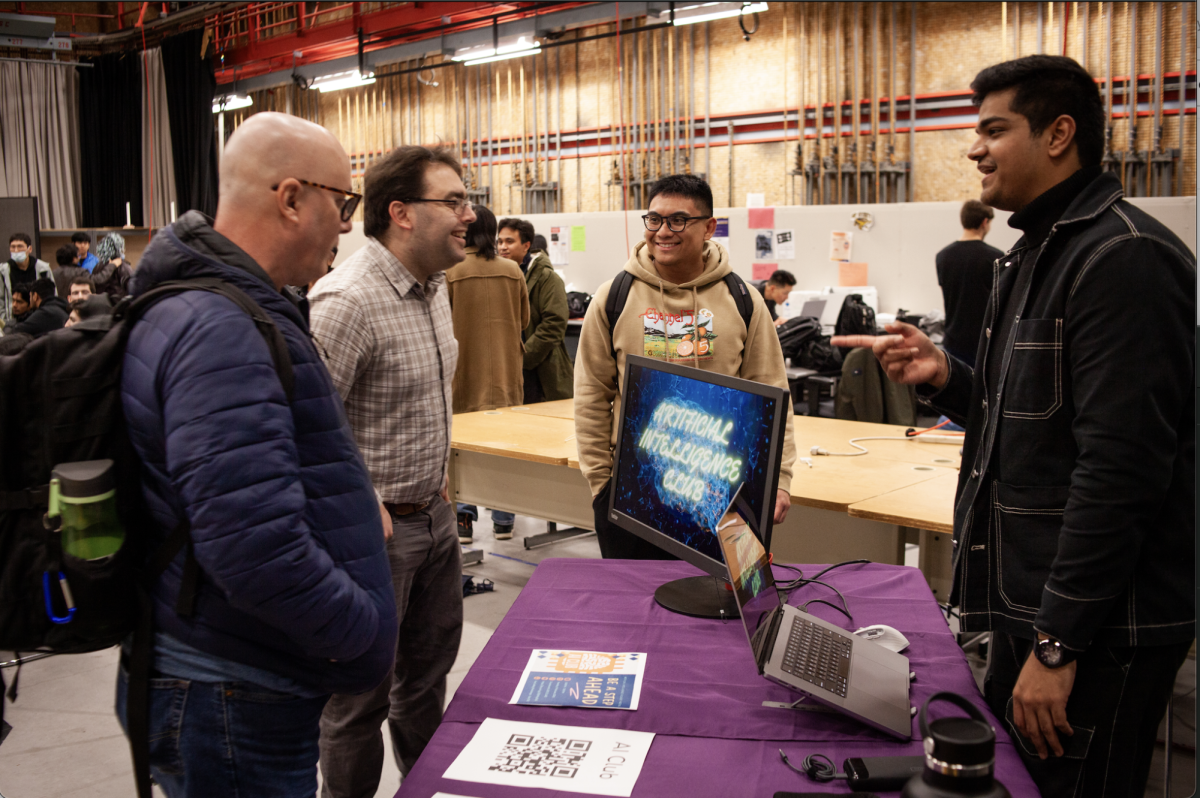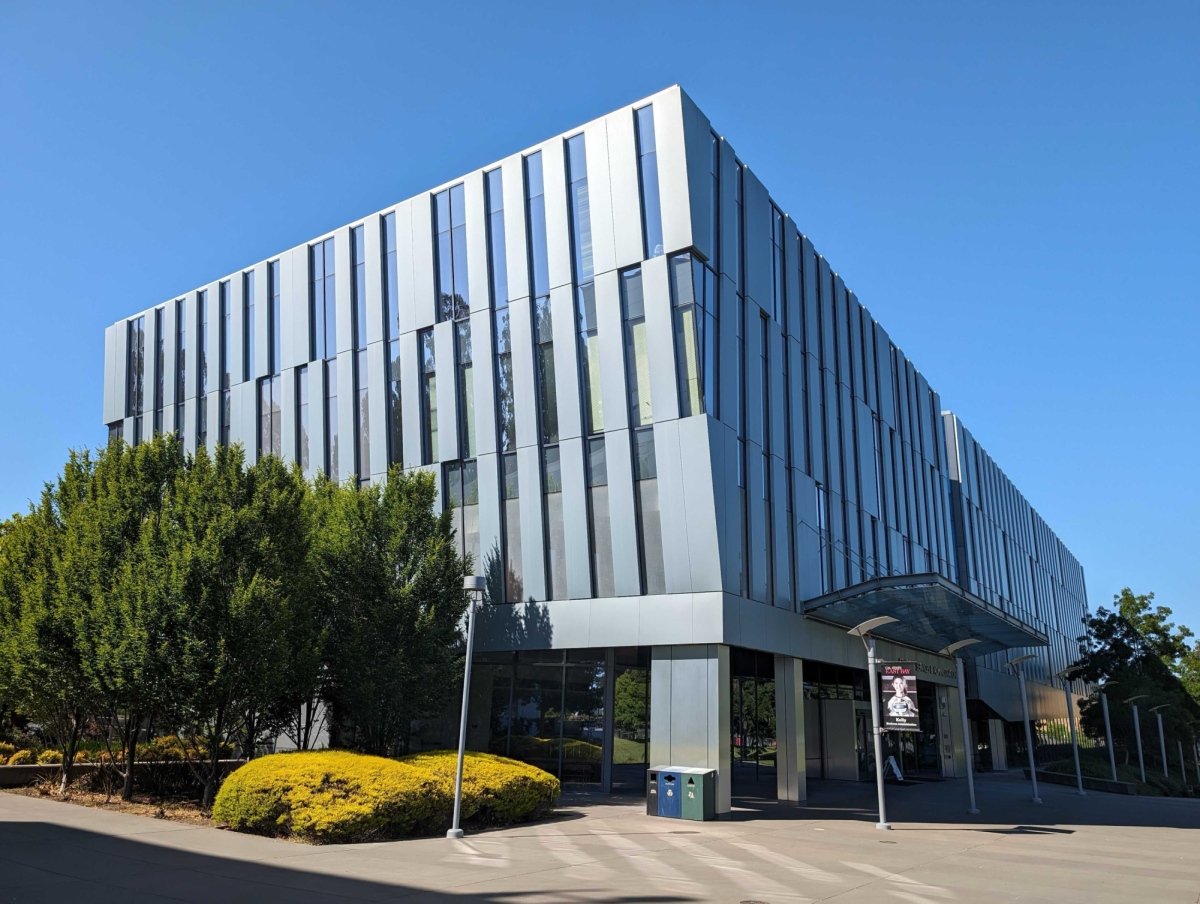While riding Bay Area Rapid Transit to see his boyfriend in Walnut Creek, Kevin DeAntoni, a 22-year-old business administration student, typically watches streamer Hasan Piker or listens to the band Cigarettes After Sex on his roughly hour-long journey.
“There’s always something so comforting and almost therapeutic about being on BART for me, so I like to plug in and just disconnect for a bit — it feels nice just getting to be another person no one knows for a brief moment,” said DeAntoni, a third-year transfer student at San Francisco State University.
DeAntoni was born and raised in Redwood City, where he didn’t have many public transit options. He only started riding BART frequently after meeting his boyfriend because it was much cheaper than driving. As the months went on, he began to appreciate the system, especially its formerly innovative features from when it was built. Now, he wants to be the general manager of the system someday.
His love for BART is much different than how he felt about transit when he was younger. DeAntoni fondly remembers growing up in a suburb with his mom, dad and younger brother. He and his family drove to Monterey and Half Moon Bay, among other places. DeAntoni remembers that there weren’t many transit options near where he lived, which influenced his beliefs.
“I found myself eager to get my license, mostly because of the independence it provided but also because it’s what everyone else was doing,” DeAntoni said. “I also fed into the deeply ignorant and misinformed narrative that public transportation in the Bay Area was unsafe, unreliable and not usable.”
When DeAntoni took BART to see his boyfriend for the first time, he still had those misconceptions and also felt nervous because of how big the BART system was.
“I had my fair share of transfers to the wrong line in the beginning, but thankfully, the station agents have always been so helpful and eased a lot of my stress,” DeAntoni said. “Also, just being so far away from my home was scary, but it’s so second nature now to me. I love it. The fear I used to have is completely gone. It’s actually liberating, thinking about it now.”
“He’s caring and pretty driven,” said Bell, who will be DeAntoni’s boyfriend of two years this November. “He’s also hard-headed, like stubborn.”
DeAntoni described Bell as “the most stubborn person I’ve ever met, so he’s just like me — and I love him for it.”
When Bell imagines DeAntoni, he pictures him building train systems online through Cities: Skylines, a video game that allows players to build and plan locations.
“It’s kind of my new addiction,” said DeAntoni. “It’s a fun way to unwind and a nice little side thing to do when I have some free time and don’t want to play anything else.”
DeAntoni considers Darren Hom to be his best friend. They met through a mutual friend over Xbox.
“Him and I plus a few other guys were each others’ sanity during the pandemic. It was a group of four of us and we literally only talked to each other.” Hom said. “He’s definitely one of the oldest friends I have currently and also considered a brother to me.”
According to Hom, DeAntoni’s interest in BART grew gradually and he’s also very interested in Japanese rail transit systems.
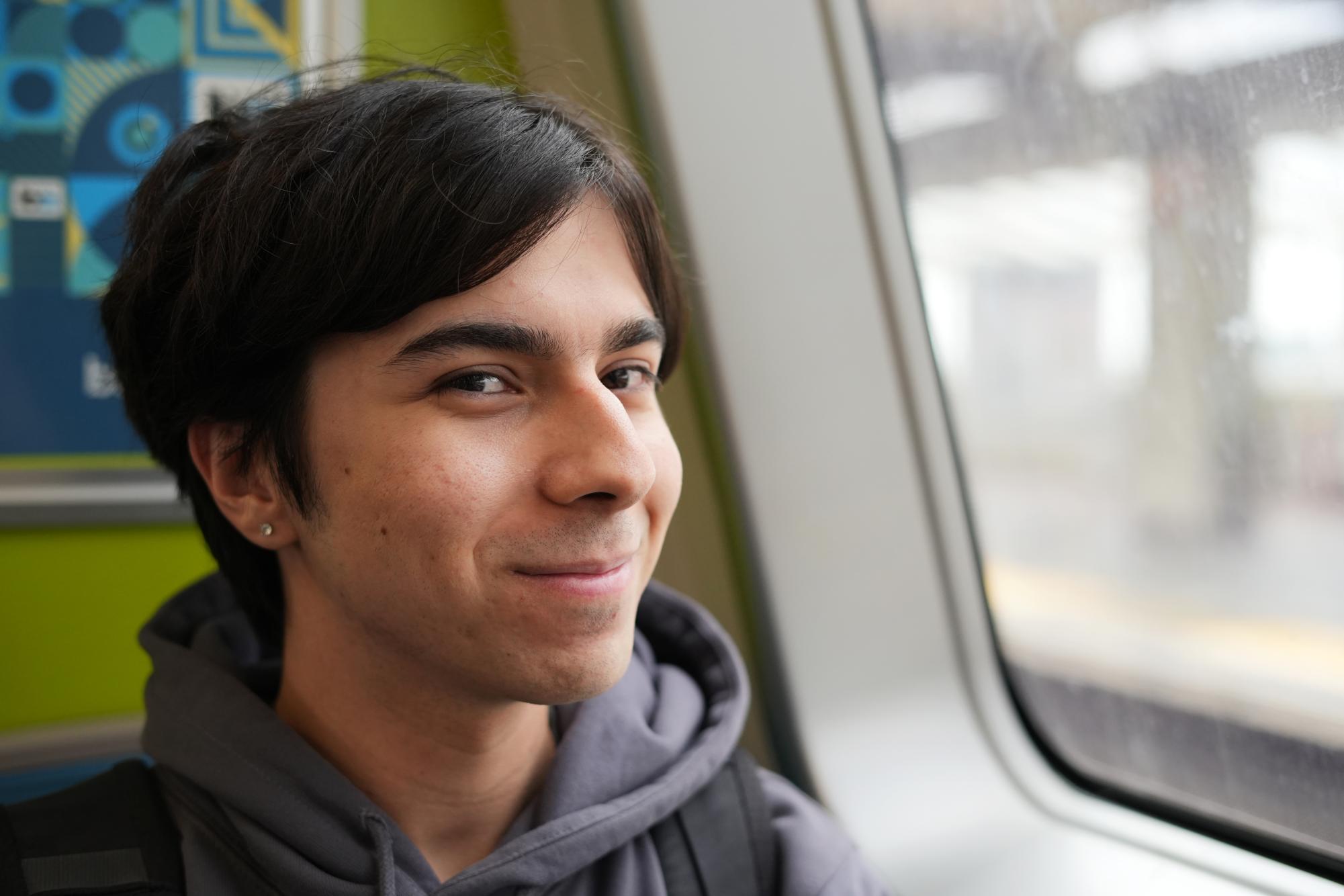
DeAntoni, who’s half-Japanese, half-Italian and a smidge Croatian, hasn’t been abroad but hopes to visit Japan and Korea someday, drawn to their public transportation infrastructure and beautiful scenery.
“I’ve always admired and been so jealous of other countries’ metros and subways,” DeAntoni said.
According to Hom, both of them are trying to learn Japanese. DeAntoni is learning the language to connect with his heritage, but also to help him learn about Japanese transit systems.
“I take much of my visions and plan for BART from our friends overseas,” DeAntoni said. “Japan’s metro network has only delays of about two seconds on average. To be able to experience how their system lives and breathes, I need to be able to actually talk to them about how they run it so well.”
DeAntoni moved earlier this year and now lives near San Bruno and the San Francisco International Airport. Like most SFSU students, he commutes to school.
“BART, in my entire time riding it, has never left me stranded in the middle of nowhere, and has rarely been late,” he said. “It’s why I’m such a strong advocate of it to this day. Unlike owning a car which could have issues at a moment’s notice, it’s always been there for me when I needed it the most.”
Taking BART also saves him money compared to driving all the way to school or to his boyfriend.
“Now, with Gator Pass offering free and unlimited BART, all I pay is $3 for daily parking,” DeAntoni said. “It’s saved me hundreds of dollars I could be spending elsewhere.”
Malori Redman, a lecturer at SFSU’s School of the Environment, got to know DeAntoni well when she taught him at the College of San Mateo. She said he was an excellent student who wasn’t afraid to ask for help.
“Outside of class, I appreciate him sticking up for his convictions and values. He’s very passionate about his values and it’s a bit of a breath of fresh air to see,” Redman said.
DeAntoni encourages people who don’t ride BART to try it and assures them that it’s not dangerous.
“If you’re still not super comfortable with it, always ride in the first car with the train operator, that’s where it’s arguably the safest and most secure place,” DeAntoni said.
Meanwhile, his family still typically drives.
“They kind of just like being car-dependent, which I don’t really understand,” DeAntoni said. “Because there’s so many better alternatives out there like BART and Muni. I wish they would and I try to always convince them to do it, you know, once in a while, when they can.”
DeAntoni doesn’t have any urban planning experience except playing Cities: Skylines. He considered majoring in Urban Studies and Planning but didn’t like the math aspect of it. Despite that, he has a plan for how he’ll become general manager of BART.
After he graduates, he wants to earn a master’s degree in transportation management. Then, he plans to work at BART.
“Ideally, once I start establishing myself there, I will just work my way up the ladder and demonstrate that I’m capable of giving this region what it needs.”
According to DeAntoni, what BART needs is more service, including express service that skips stops.
“As general manager of BART, my first and foremost priority would be to build on BART’s legacy of connecting the Bay Area by expanding BART’s service path and providing high-quality, reliable and safe service to those who desperately want and need it,” DeAntoni said. “When it was being conceived in the ‘50s, it was supposed to run as far down as Palo Alto and as far north as Sonoma County — obviously that’s not the case now, but I hope to be able to make that a reality in the future.”
DeAntoni also wants BART to be more accessible, “like additional announcement languages and visual graphics for our non-English-speaking community whose needs are rapidly growing.”
Even though he has ideas for improvements, he still appreciates the work Robert Powers, the current BART General Manager, has done to maintain and improve the system.
“BART is just a genuinely cool system for train fans like myself. The legacy cars were truly so futuristic for their time and I miss that iconic wailing sound they made,” DeAntoni said. “Even now, the Fleet of the Future Cars are incredibly clean, modern and comfortable, and the accelerators have their own iconic sound now too. The fact that BART is the largest electrified train system in the Bay Area speaks volumes to how ahead of the industry it’s been compared to other transportation systems.”





